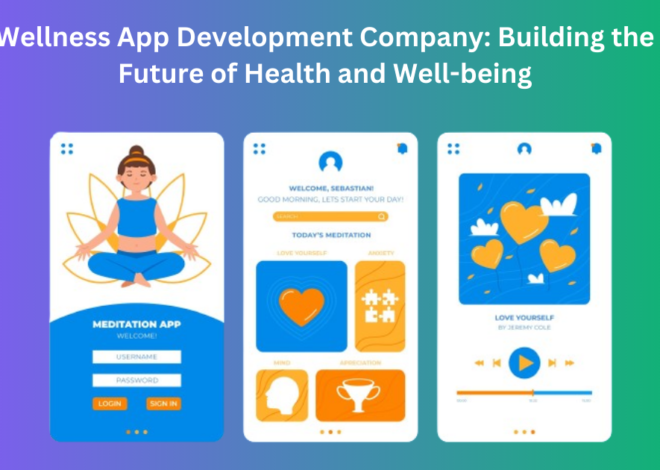Conquering the Classic: A Quick Guide to Five-in-a-Row
Five-in-a-Row (FIAR) is a novel teaching method that blends the ease of study with the challenge of learning across a few subjects, similar to how the Gomoku game challenges players to think strategically. Classic kids’ books inspire the way of life in Five-in-a-Row. It’s more than just a reading curriculum—it’s an adventure through a rich world of imagination and discovery.
What is Five-in-a-Row?
Five-in-a-Row is a multi-degree curriculum. It aims to make a journey of discovery for kids. It avoids the dryness of textbooks. It prefers a vibrant method: exploring the world through memories. Each week, we read a new e-book from the Five-in-a-Row booklist aloud for five days. Each day peels back layers of the tale, revealing new insights and lessons.
For example, students might read “Make Way for Ducklings” by Robert McCloskey each week. It covers family, community, and the challenges faced by a duckling family in Boston.
How does Five-in-a-Row work?
The beauty of Five-in-a-Row lies in its flexibility. The program can adapt to a child’s learning styles and interests. Parents and educators can do this. The curriculum offers many lesson ideas and supports. It allows for a custom academic experience. Five-in-a-Row trains users in brief daily sessions of under five minutes.
The Curriculum and Age Range
FIAR is suitable for a wide age range, starting with “Before Five-in-a-Row” for ages 2-4, which includes 24 classic children’s books. The main curriculum then spans several volumes, each targeting different age groups and learning stages, with books carefully selected to provide a balanced and enriching experience.
The Benefits of Five-in-a-Row
One of the most significant advantages of FIAR is its holistic method of training. Adding math, language arts, and geography to each story gives kids a well-rounded view of the world. Also, analyzing the same book for five days boosts retention and comprehension.
Studies show that kids who do this kind of repetitive learning have better memories. They can also connect ideas across different subjects.
Is Five-in-a-Row secular?
FIAR focuses on academic content, neglecting religious teachings in its curriculum. This makes it a versatile tool for a wide audience. It allows the curriculum to adapt to public schools, home schools, and diverse cultures.
Final Thoughts
“Conquering the Classic: A Quick Guide to Five-in-a-Row” is more than a guide. It’s an invitation to an academic adventure that’s both fun and informative. FIAR’s method of learning through classic literature shows the power of memory. It can shape young minds.
To learn about FIAR and its use in your studies, visit the official FIAR website or contact a FIAR rep for help.
Conclusion
The five-in-a-row curriculum is a model of modern schooling. It guides kids to explore and analyze the world of literature. It builds a love for learning while creating a strong foundation in many subjects. By living this adventure, we will empower the next generation. We equip them with analytical skills, foster meaningful relationships, and nurture development.
FAQs
- Can teachers tailor FIAR for lecture room use, or is it simplest for homeschooling? FIAR is quite versatile and can adapt to each school room and homeschool setting. Its flexibility lets educators use it in their lessons or as a standalone curriculum.
- Q: How can I assess my toddler’s progress with FIAR? You can assess progress in various ways. These include oral discussions, written reflections, and creative projects. They must show knowledge of the books’ material.
- Q: Are there any online resources or communities for FIAR customers? Yes, there are online boards and social media for FIAR users to share ideas, experiences, and help. Additionally, the reliable FIAR internet site provides resources and guidance.
- Q: Does FIAR cater to children with extraordinary learning abilities? Agreed. FIAR’s technique is inclusive. It has many access points for kids with unique learning styles and abilities. It fosters connection through shared narratives, accessible everywhere.


